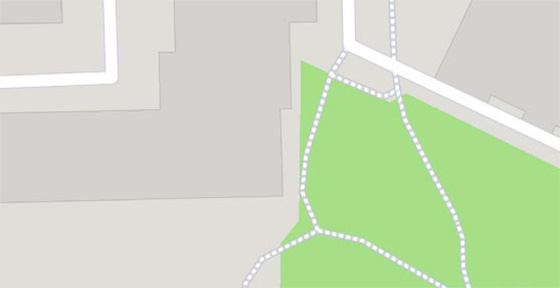The Chain Bridge, or Széchenyi Bridge, is a suspension bridge connecting the Bautzen and Pestine sides of the Hungarian capital. It is 380 meters long and has two spans. It is the oldest of the Budapest bridges, and at the same time one of the city's symbols. At both ends of the bridge there are stone figures of lions by János Marschalkó.
The bridge's patron is István Széchenyi, a Hungarian aristocrat and politician, one of the first initiators of establishing a permanent connection between Buda and Pest. The design was created by William Tierney Clark, and construction was carried out by Adam Clark in the years 1839-1849. At that time, the Chain Bridge was one of the most modern and the largest in the world.
In 1945 this bridge was blown up by the retreating Wehrmacht army. The reconstruction began immediately after the end of the war. The bridge was commissioned again in 1949, exactly on the hundredth anniversary of its first opening.
Attractions inside




